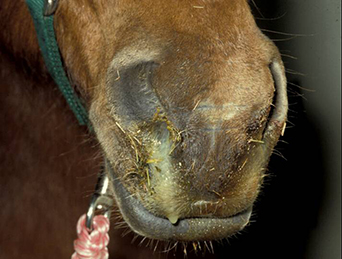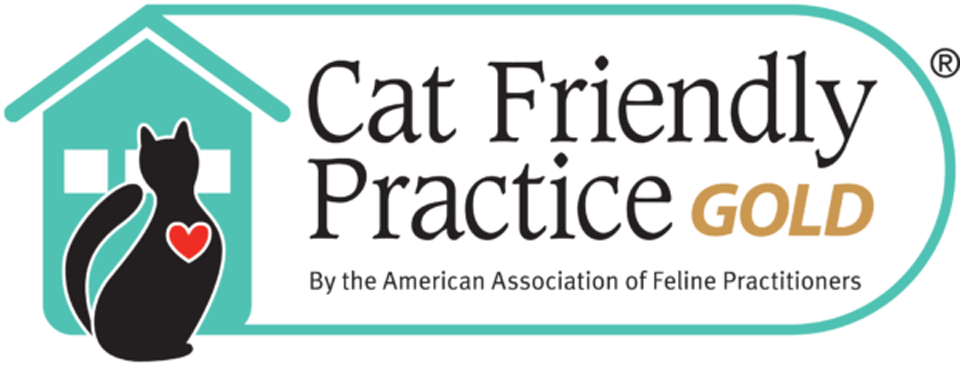This term refers to a sinus infection that is secondary to some other problem that has invaded the sinuses, most commonly a tooth root abscess or some other form of dental disease. However, other injuries or disease processes such as skull fractures or cancer can result also result in secondary sinusitis. Clinical signs include mucoid nasal discharge (white, green, or yellow in color) from one or both nostrils, decreased appetite, weight loss, dropping of feed or hay when the horse is eating, and/or foul odor to their breath.

Diagnostics
Radiographs of the skull, CT of the horse’s head (gives best diagnostic detail), Video endoscopy, Oral exam/dental exam, Sinoscopy.
Treatment
Secondary sinusitis is usually more complicated to treat than primary sinusitis because both the primary problem and the sinus infection must be addressed. For example, horses with sinusitis secondary to a tooth root abscess need to have the infected tooth removed in addition to whatever treatment the sinus requires, which is typically similar to that of primary sinusitis. For this reason, CT is often recommended in these cases as it gives us the most information possible so that an accurate diagnosis and surgical plan can be made. However, each case is different and will be approached according to all the factors involved.



